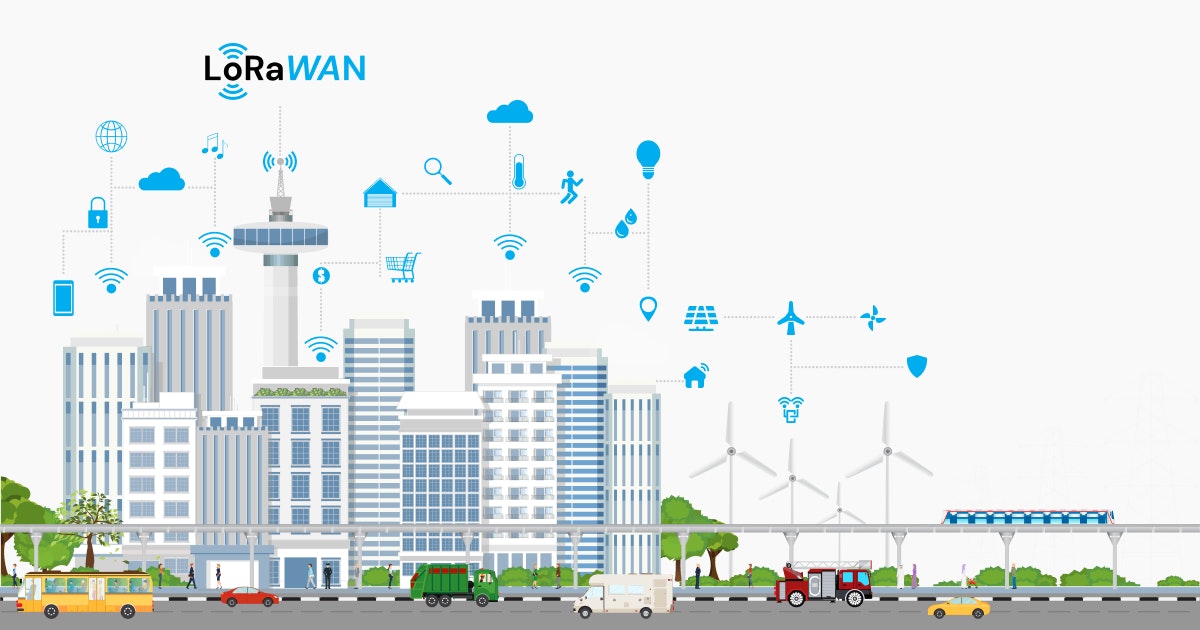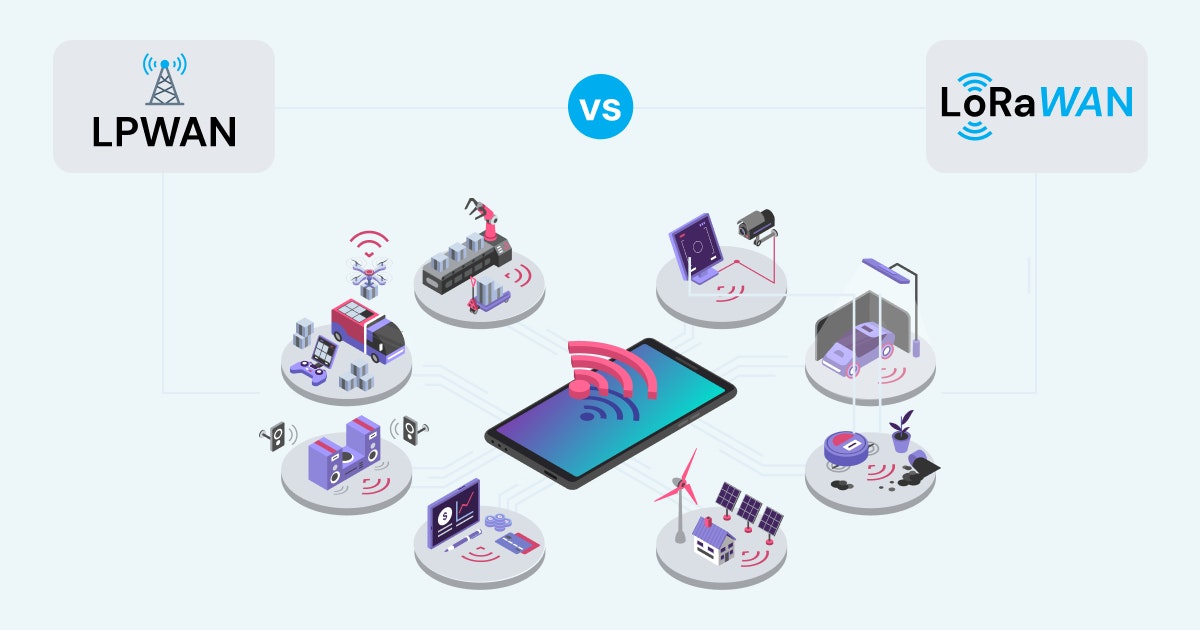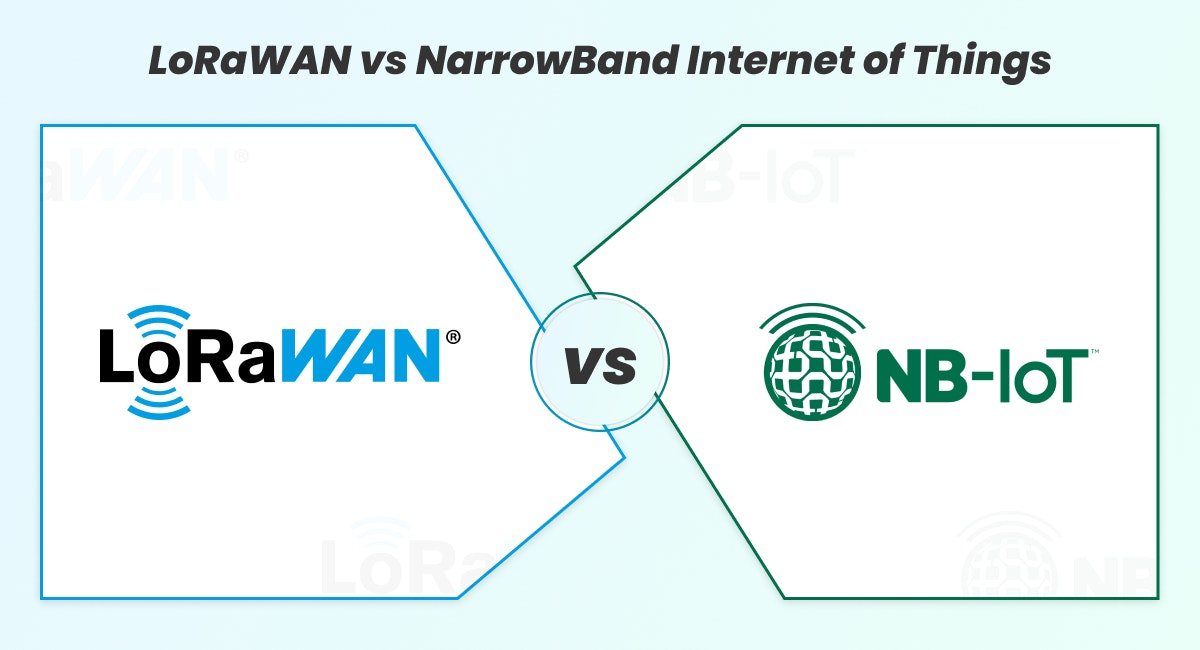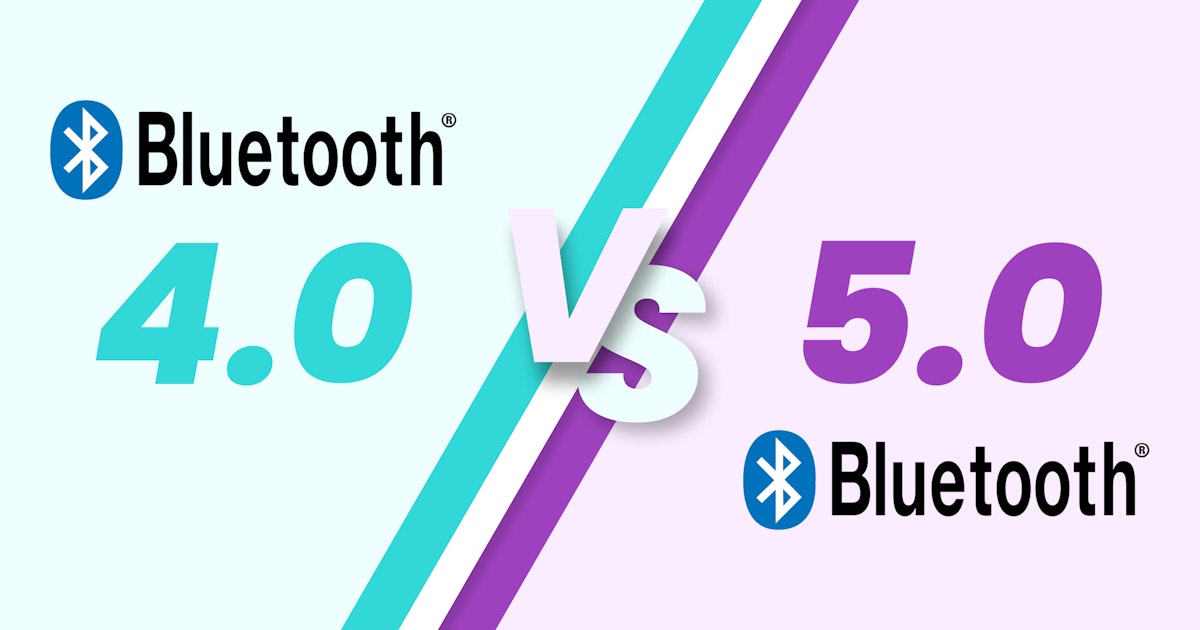Table of Content
The Internet of Things or IoT is defined as a system comprising interrelated computing devices, mechanical objects, and digital machines that have the ability to transfer data over a network - without the need for any human-to-computer or human-to-human interaction.
Typical IoT networks operate according to different standards, and combining them into one network is not an easy task. Although many networking protocols are used in the IoT ecosystem, very few stand out in this day and age.
LoRaWAN®, for instance, is a low-power, wide-area networking protocol developed to connect IoT devices to the internet and manage communication between end-node devices and network gateways.
Invented by Semtech, an analog and mixed-signal semiconductor supplier, in 2015, LoRaWAN® has carved a niche for efficiently building and managing IoT solutions. Smart cities and industrial spaces prefer LoRaWAN® because the technology consumes meager power.
Features of LoRaWAN®
LoRaWAN® is safe and deploys 128-bit encryption on all transmissions - a concept similar to cellular and VPN networks. It can reach up to 30 kilometers in flat areas without interruptions and three kilometers in more urban areas.
LoRaWAN® utilizes minimal amounts of energy. That means the IoT-based sensors can continue operating for decades. Talk about business continuity! What is more - the technology can function on unlicensed radio networks across the globe. One does not have to pay for an operator to keep using the network. It is free.
How does LoRaWAN® work?
The functioning of LoRaWAN® is pretty simple. It is built on cellular network technology. The devices have a module connecting with a gateway or a local central hub.
This gateway acts as a conduit between the device and the server - with the latter using the internet to communicate with the gateway and instructing it to interact with the IoT devices.
The server is accountable for deleting duplicate data packets, executing security checks, and confirming data security. In addition, the nodes in the star architecture (comprising four gateways and one node) of LoRaWAN® do not listen for messages from other nodes.
They are inactive for most of the time, thus lowering their energy usage. For instance, if there are four gateways and one node, the latter blindly transmits into the radio spectrum. Any gateway close enough can take the transmission and upload it to the cloud.
Similarly, if all gateways pick up the same message, the cloud selects one gateway to respond at a fixed time. Once a message has been delivered, nodes in LoRaWAN® can request acknowledgments of receipt.
Advantages of LoRaWAN® network
LoRaWAN® is the systems architecture and communication protocol for the wireless data communication IoT technology, LoRa®, which enables safe and reliable communication, and adds headers to the data packets. Here are LoRaWAN®’s top benefits:
Advantages of LoRaWAN® network
1. Faster deployment
LoRaWAN® handles less bandwidth. That is why it is such an obvious choice for practical IoT deployments with poor and inconsistent transmissions.
2. Low power means longer battery life
Battery consumption is not an issue with LoRaWAN®, and IoT sensor batteries can last for years before they run out. They operate on a single coin cell battery. This is ideal for sensors deployed in remote or off-beat locations - with little human intervention.
3. Longer range
The communication range of the low-powered IoT sensors operating on LoRaWAN® is commendable. It can provide long-range communications up to 15 kilometers or more in rural areas or up to five kilometers in urban locations. LoRaWAN® networks can offer deep indoor coverage, easily covering multi-floor buildings. Talk about range!
4. Simple architecture
Thanks to its star architecture, a single LoRaWAN® gateway device can be engineered to handle thousands of nodes or end devices. Regardless of the large numbers, the technology can be easily implemented and maintained due to its simple architecture.
5. High security
LoRaWAN® ensures secure communication between the application server and the end device using AES-128 encryption.
Limitations of LoRaWAN®
Despite its many benefits, LoRaWAN® is unfavorable for every IoT device or system. Therefore, you need to understand its cons if you plan to go ahead with it:
- It is not preferred where large data payloads are concerned or for apps with bounded jitter and lower latency needs.
- Since LoRaWAN® can operate on unlicensed radio networks, you may get interference on the frequency. It is also possible the data rate is below average. Whatever the reason - LoRaWAN® does not promise to deliver an exceptional experience every time.
- Although you do not have to pay an operator for using the network, GSM operators pay a hefty licensing fee to their respective governments for utilizing those frequencies. If you plan to do the same, LoRaWAN® might not be a cheap option for you.
- In LoRaWAN®, a device is hardcoded with keys for communicating with the network. Even though the arrangement enables an accessible connection, it is less secure.
LoRaWAN® classes: A, B, C
LoRaWAN® comprises three classes that function simultaneously. In the following section, we will study all three in great detail. Let us begin:
1. Class A
It is a simple ALOHA system because it is entirely asynchronous. This means that the end nodes do not have to wait for communication with the gateway for a specified timeframe. Instead, the nodes can broadcast whenever they need to and then go into “sleep” mode until the next time they are required. This is why LoRaWAN® consumes less battery power.
2. Class B
This system works with battery-powered nodes. The gateway transmits a beacon every 128 seconds. Since all LoRaWAN® base stations work around a single pulse-per-second clock, they emit beacon messages simultaneously - at the start of every second. That is how every GPS satellite in orbit delivers a message, allowing time to be synced across the globe.
3. Class C
This one is simple. The system allows the nodes to consistently listen and send downlink messages at any time. Class C is typically employed for AC-powered apps because it consumes a lot of energy for maintaining a node fully awake and operating the receiver.
Differences between LoRa and LoRaWAN®
Before we set out to discuss the similarities between the two, we must study LoRa technology. What is it, you ask? LoRa stands for “Long Range Radio,” It is primarily targeted at IoT and M2M networks.
The technology enables public or multi-tenant networks to connect various applications operating on the same network. It was built to standardize LPWAN and provide interoperability among multiple nationwide networks.
Differences between LoRa and LoRaWAN
Use cases of LoRaWAN®
Over time, LoRaWAN® has found use in IoT applications across many sectors. In the following section, we will study the top XX use cases of LoRaWAN® you must know about:
Use cases of LoRaWAN®
1. Facility management
Now property or facility managers and homeowners can enhance the efficiency of their respective establishments and minimize expenses by implementing LoRaWAN®-based innovative IoT building solutions - with minimum infrastructure and maintenance expenses.
They can control motion detection, room occupancy, smart water meters, CO/CO-level monitoring, temperature, and humidity monitoring, and so on.
2. Healthcare
LoRaWAN®-connected IoT devices can monitor high-risk patients or medical systems, thereby guaranteeing that health and safety are never compromised for patients.
With the technology, it is possible to reliably monitor the vital signs of hospital patients, high-performing athletes, senior care patients, and anyone else who may need real-time health support. This makes the doctors and healthcare providers a lot more efficient.
3. Public safety
We live in a day and age when the need for public safety and security is at an all-time high. IoT network-based solutions enable first responders that may reduce danger and optimize individual safety. This includes wearable IoT gadgets, such as ID badges or systems having a panic button, which sends an SOS with the user’s location.
Since LoRaWAN® delivers lower power, low cost, and consistent performance, it is what makes them such a favourite in this busy industry.
4. Space utilization
The pandemic has pushed forward the concept of remote working, and as a result, office spaces in many corporate buildings and metropolitan areas remain unused for extended periods. Prospering using and arranging for space has become a logistical nightmare for companies.
LoRaWAN®-enabled IoT devices give real-time visibility into the spaces available or empty and ensure that people have access to workspace whenever they need it hassle-free.
5. Natural disasters
Devices and gateways equipped with LoRaWAN® networks can record and publish environmental factors for data analysis in real-time. The technology can help identify concerns before disasters occur and help safeguard the population from environmental threats.
6. Agriculture
Farmers across the globe are quickly realizing the importance of visualizing, analyzing, and making more informed decisions about their livestock, crop yield, and equipment. With LoRaWAN®-enabled IoT devices, they can better monitor and manage their crops.
In addition, they can retrieve data about sunlight exposure, give the right amount of fertilizers, and maintain favorable temperatures for their crops. LoRaWAN® makes farming efficient.
7. Logistics and transportation
Due to LoRaWAN®-based IoT devices, supply chain management has become more efficient. Having said that, logistics companies can efficiently track high-value assets, including those on the move. Plus, due to the remarkable service LoRaWAN® provides over longer ranges, it is easy to follow the vehicles in transit in off-beat geographic regions and under severe circumstances.
8. Fleet management
IoT-powered fleet monitoring solutions that use LoRaWAN® can save companies money by enabling fleets to stay on the road for longer with increased safety and improved fuel mileage. Moreover, LoRaWAN® enhances the visibility into maintenance concerns and boosts the overall operational efficiency.
IoT connectivity with LoRaWAN®: An overview
LoRaWAN® connects IoT sensors to the cloud and enables real-time data communication and analysis, which can be used to enhance productivity and efficiency. These networks are helpful for wireless sensors due to their ability to transfer data across long distances.
LoRaWAN® sensors also comprise high-performing link margins that reach signals below the radio frequency (RF) noise floor. One cannot help but be enthralled by how LoRaWAN® has revolutionized IoT by enabling communic
Types of IoT apps that LoRaWAN® supports
LoRaWAN® is an exciting technology and can be used for smart parking and other smart city apps, such as waste management, traffic control, CO2/CO monitoring, and so on. It can be used to control IoT-connected devices at home from a longer distance, logistics apps, intelligent meters, public security devices, and IIoT systems deployed in factories and plants.
In other words, LoRaWAN® is ideal for different IoT solutions and provides a better alternative for the present connectivity solutions such as WiFi or cellular networks.
Over to you
If you have read this far, you will agree that LoRaWAN® is a revolutionary communications technology that is rightly making waves across the world and sectors despite a few cons.
Currently, LoRaWAN® is offered by 70+ network operations with IoT installations in 100+ countries. It is preferred by hardware vendors, IoT technology vendors, hardware suppliers, developers, and telecom providers.
Let us build you reliable IoT solutions
Let us build you reliable IoT solutions





